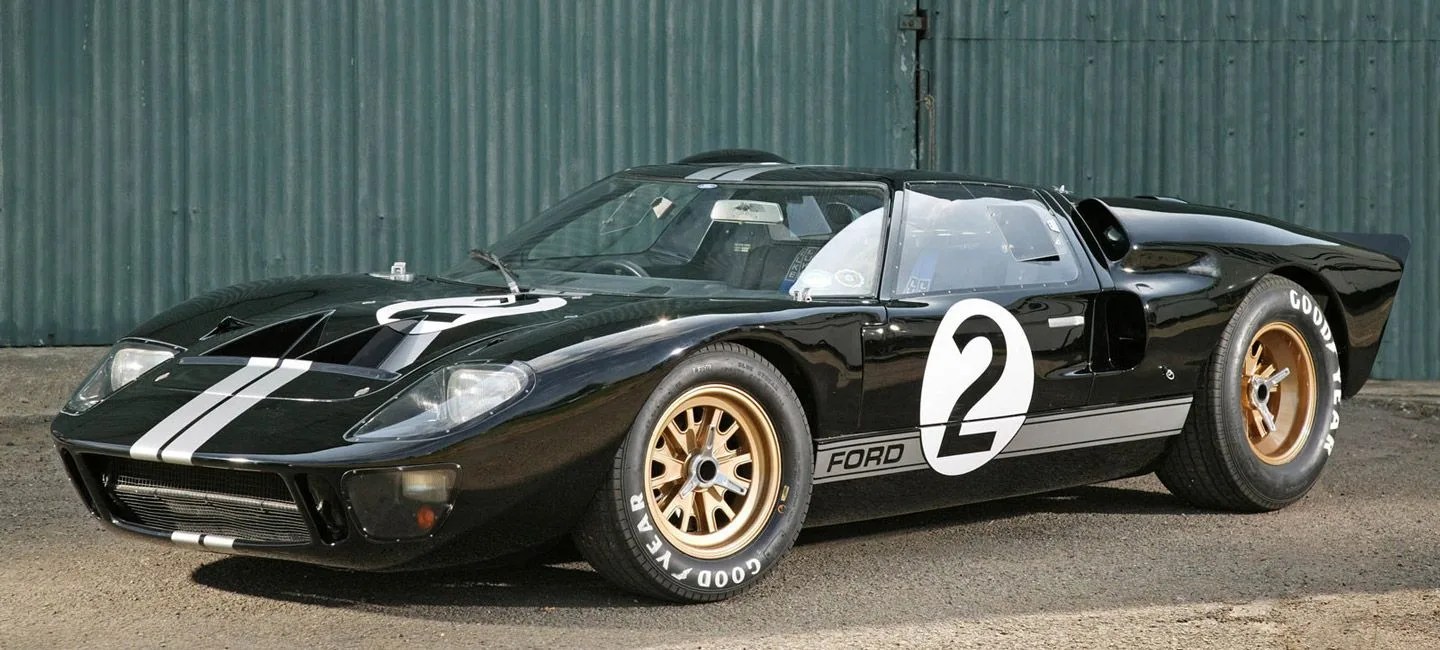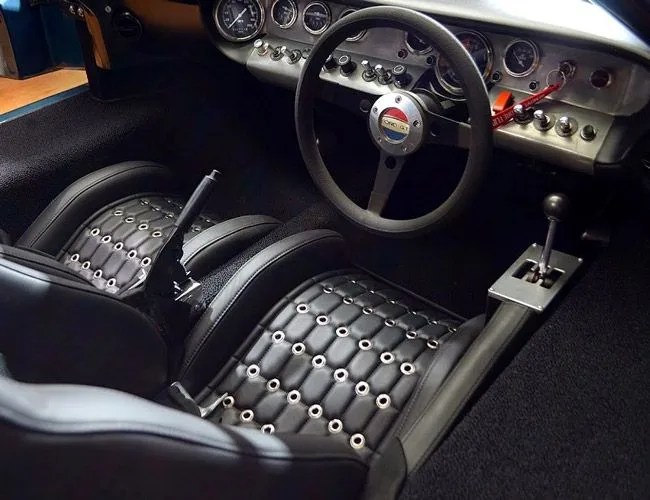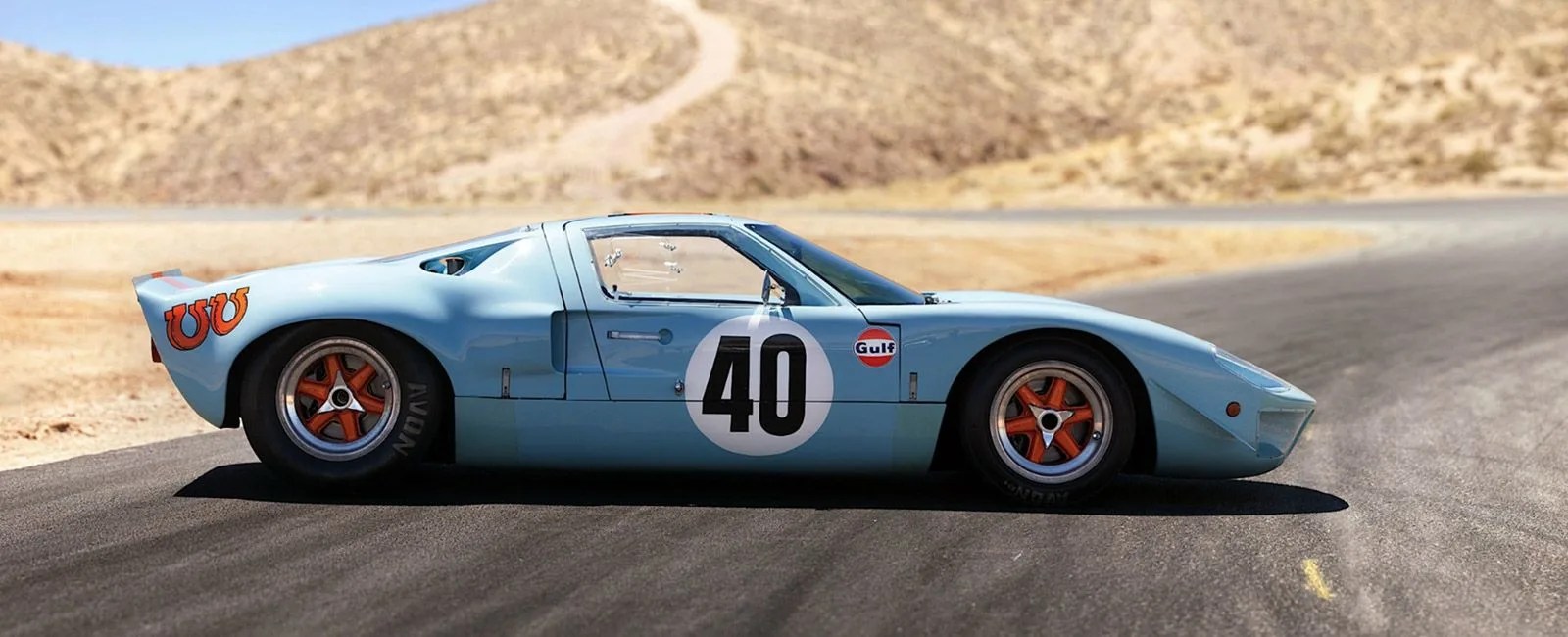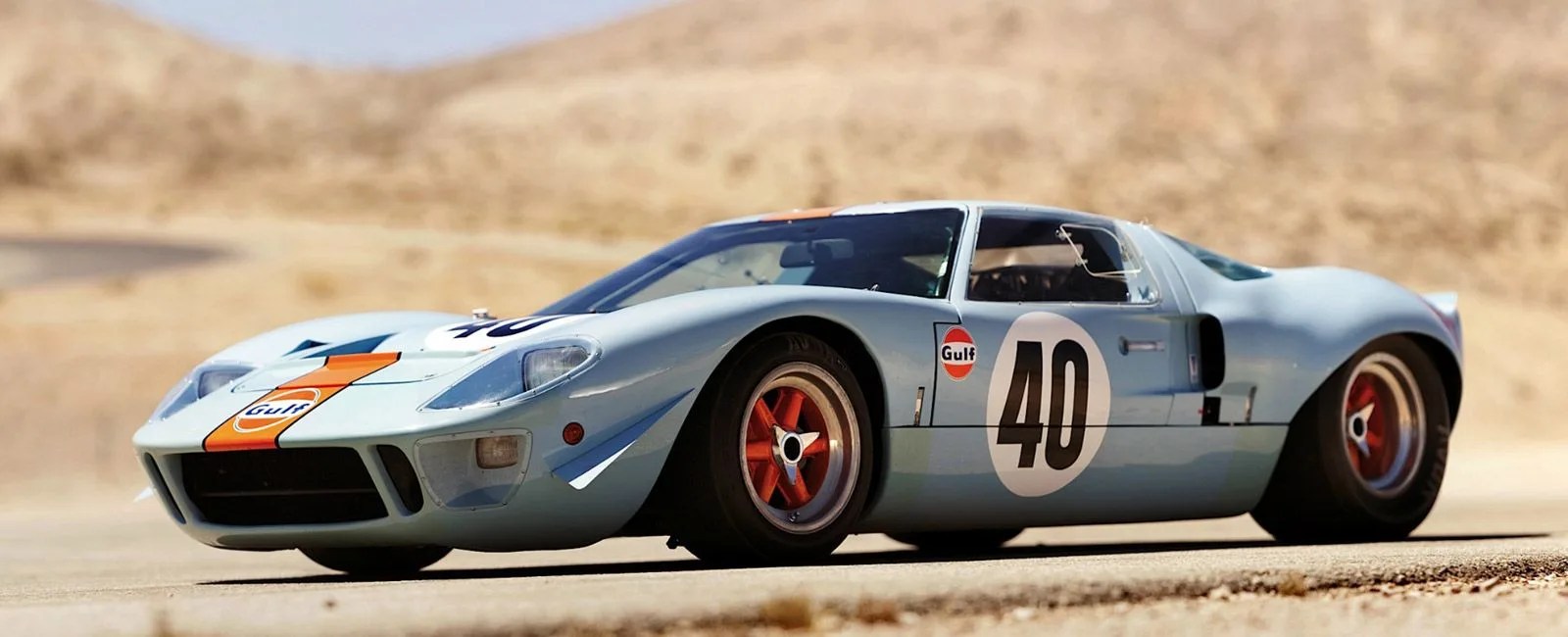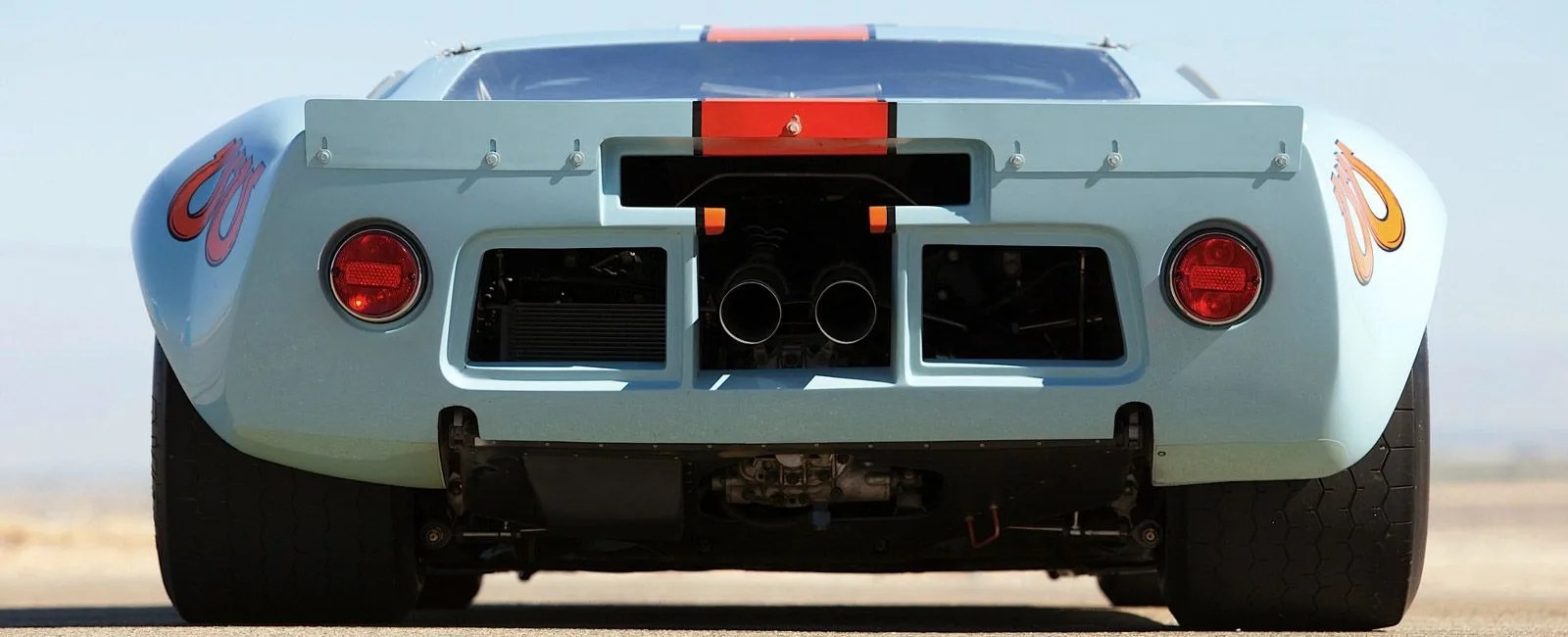Ford went after Ferrari at the 24 Hours of Le Mans endurance race with a mid-engined machine, the Ford GT40, and they not only won, but they beat the Italian machine four times (‘66, ‘67, ‘68 and ‘69). With this, Ford had achieved what no American carmaker had been able to: to conquer Le Mans against the best Ferrari, Porsche and Alpine had to offer. The GT40 became the only American car to take Le Mans, and one of the most famous race cars of all time. It was sexy, ridiculously powerful and the inspiration for two 21st century Ford GTs that have themselves garnered high praise from the automotive world. But it’s the original GT40 that brought fame to Ford via one of the toughest automotive endurance races the world has ever seen.
Revenge Served Up Hot
The Ford GT40 wasn’t just a rival against the famed Ferrari, it was retaliation for a deal gone bad — a reaction to betrayal from Enzo himself. Enzo Ferrari made an initial overture with hopes that Ford could take over Ferrari’s road car business, infusing his company with the strength of Detroit capital, while he kept the reigns on the business of racing. The deal was, naturally, attractive to Henry Ford II, with the promise of adding Ferrari’s luster to the staid Ford consumer car business. The price of the deal was a cool $10 million, chump change by modern standards but a hefty tag back in 1963.
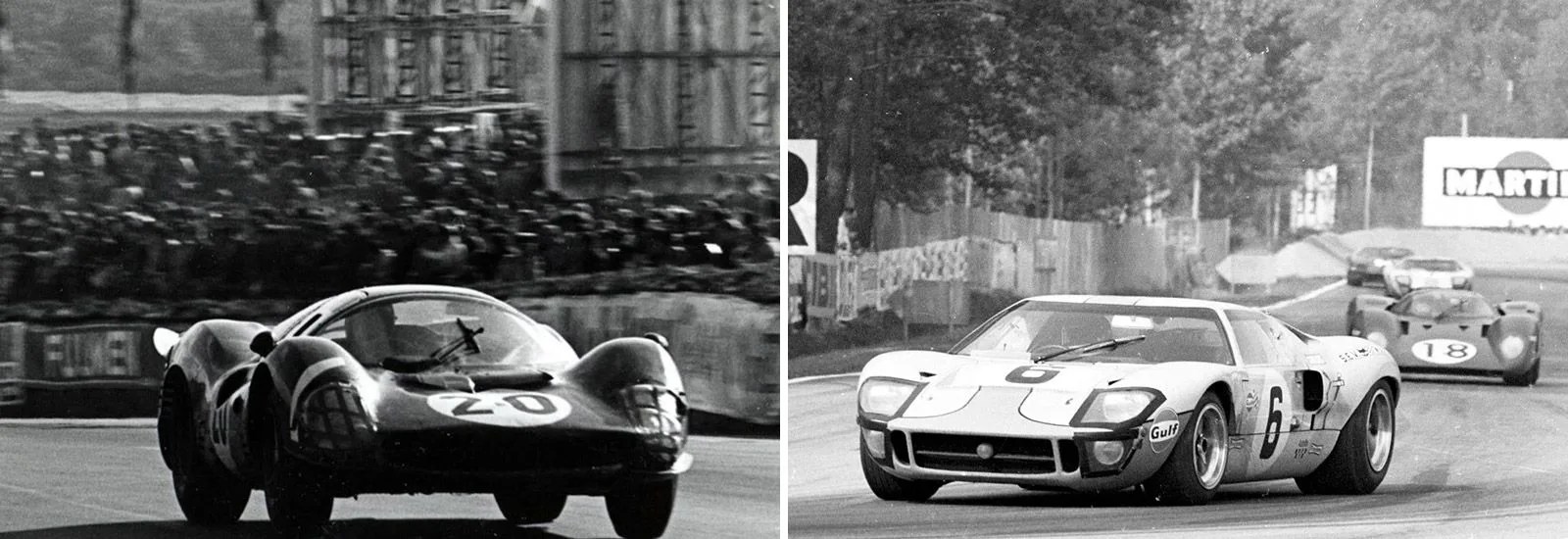
The Italian people would want nothing of the deal — one of their beloved brands being sold to the Americans, of all people. The Italian media retaliated, and when Enzo found out that the deal required him to request funds from Ford to conduct his racing venture, he was furious. The deal was off. Ford’s response was better than good — he was going to beat Enzo at his own game by building a race car for the ages. Ford had longed to compete at Le Mans, the ultimate test of a car’s abilities, and Ford’s prime directive to his engineers in entering the race was: “Beat Ferrari.”
And so Ford set out to create an all-new American thoroughbred for the Le Mans prototype class, but the task wasn’t simple. Ferrari didn’t just win at Le Mans, they utterly dominated — winning in ‘49, ‘54, ‘58, ‘60, ‘61, ‘62 and ‘63 (where the Ferrari 250s and 330s took places one through six). Henry Ford II had his work cut out for him.
